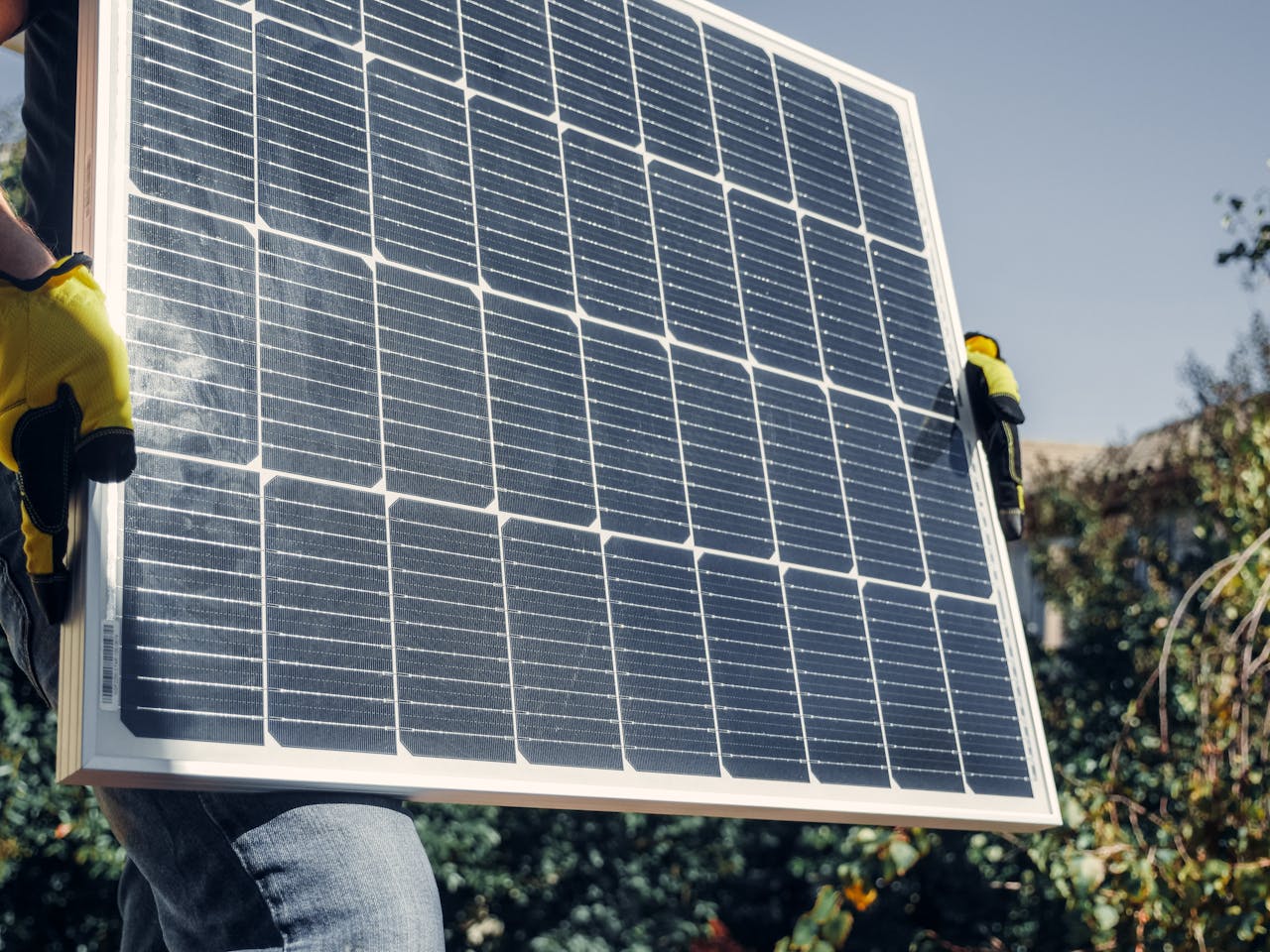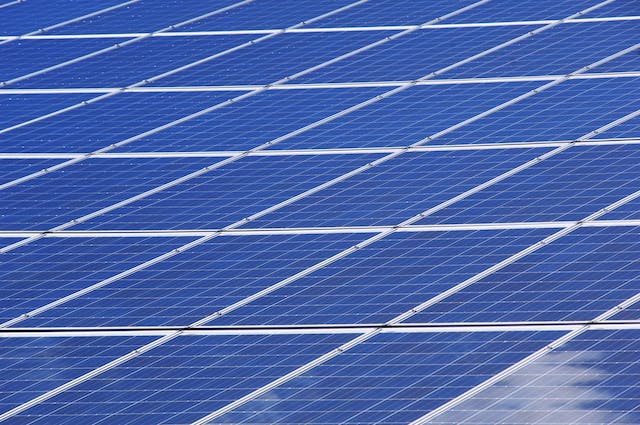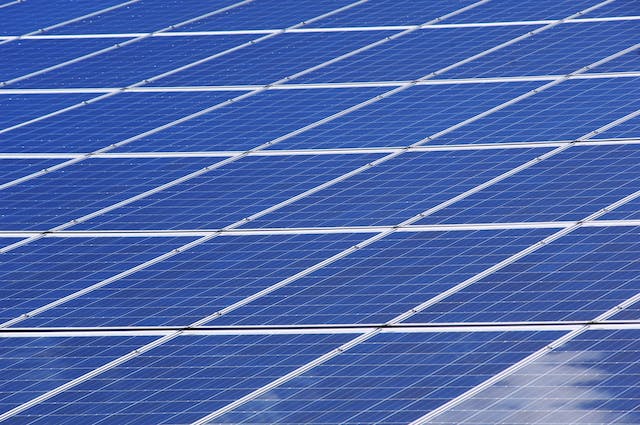Types of Solar Panels

The solar industry has grown rapidly in recent years, with more homeowners and businesses in both the USA and UK investing in renewable energy to reduce energy bills and carbon footprints. One of the most important decisions you’ll make when considering solar power is choosing the right type of solar panel.
Different panels vary in efficiency, appearance, and cost. Understanding these differences is key to making an informed investment. In this guide, we’ll break down the main types of solar panels, compare their benefits, and explore which might be best suited for your property.
1. Monocrystalline Solar Panels
Monocrystalline solar panels are the most common and widely used option for residential properties in both the UK and USA.
How they work:
- Made from a single crystal structure of silicon.
- Cells are cut into wafers and aligned for high efficiency.
Benefits:
- Higher efficiency rates (15–22%).
- Sleek black appearance, making them more visually appealing.
- Perform better in low-light conditions, which is especially beneficial in the UK where sunlight hours can be limited.
- Longer lifespan, often 25+ years.
Drawbacks:
- Generally more expensive than other types.
- Production process is more wasteful, making them slightly less eco-friendly in manufacturing.
2. Polycrystalline Solar Panels
Polycrystalline panels are made from multiple fragments of silicon melted together.
Benefits:
- Lower cost compared to monocrystalline.
- Reasonably efficient, with rates typically between 13–17%.
- Easier to manufacture, which reduces cost and waste.
Drawbacks:
- Lower efficiency, meaning you may need more panels to produce the same amount of electricity.
- Blue-speckled appearance is less sleek than monocrystalline, which can impact curb appeal.
- Not as effective in low-light conditions.
For UK homes with smaller roofs or US homeowners who value aesthetics, polycrystalline panels may not always be the first choice.
3. Thin-Film Solar Panels
Thin-film panels are quite different from the silicon-based models above. They are made by layering photovoltaic materials such as cadmium telluride (CdTe), amorphous silicon (a-Si), or copper indium gallium selenide (CIGS).
Benefits:
- Lightweight and flexible, making them suitable for large commercial roofs and unique applications.
- Easier to install and transport.
- Better performance in high temperatures compared to crystalline panels (useful in sunnier US states).
Drawbacks:
- Lower efficiency (10–12% on average).
- Require more surface area, making them less suitable for small UK rooftops.
- Shorter lifespan compared to crystalline panels.
Thin-film panels are often best for commercial projects or properties with a lot of roof space.
4. Passivated Emitter and Rear Contact (PERC) Panels
PERC panels are an enhancement of standard monocrystalline technology, designed to capture more sunlight and increase efficiency.
Benefits:
- Higher efficiency than traditional monocrystalline.
- Perform well in low-light and high-temperature conditions.
- Becoming increasingly common in both the UK and US residential markets.
Drawbacks:
- Slightly more expensive than traditional mono panels.
- Still relatively new, so long-term performance data is limited compared to standard solar panels.
5. Bifacial Solar Panels
Bifacial panels can capture sunlight from both the front and back sides, often installed on commercial properties or ground-mounted systems.
Benefits:
- Generate more power by using reflected light from surfaces like white roofs or concrete.
- Durable and long-lasting.
- Ideal for large installations with space for optimal positioning.
Drawbacks:
- Higher cost.
- Require the right conditions to make the most of their dual-surface design.
- Less suitable for small, shaded rooftops.
In the UK, where rooftops are often smaller, bifacial panels are less common. In contrast, they’re gaining popularity in the US for utility-scale projects.
6. All-Black Solar Panels
For homeowners concerned with aesthetics, all-black solar panels are a growing trend in both the UK and the US. These are essentially monocrystalline panels designed with black frames, backing, and cells, giving them a uniform, sleek appearance that blends seamlessly with darker roofs.
Benefits:
- Premium look that enhances property curb appeal.
- Maintain many of the same efficiency benefits as traditional monocrystalline panels.
- Increasingly popular among homeowners who want their panels to look as good as they perform.
Drawbacks:
- Can be slightly less efficient than standard monocrystalline because the black backing absorbs more heat.
- Often come with a higher price tag due to their premium design.
Choosing the Right Type of Solar Panel
When it comes to selecting the best solar panel type, consider the following factors:
- Roof Size and Orientation – In the UK, smaller rooftops mean efficiency is critical. In the US, larger roof spaces allow for more flexibility.
- Budget – Polycrystalline may suit tighter budgets, while monocrystalline or all-black panels fit those willing to invest in premium quality.
- Aesthetics – If appearance matters, all-black solar panels offer a sleek, modern look.
- Climate – Thin-film and PERC panels may perform better in hot US climates, while monocrystalline remains the top choice for variable UK weather.
- Long-Term Goals – If your priority is maximum efficiency and property value, investing in the latest high-performance panels may be the best option.
The Future of Solar Panel Technology
The solar industry is evolving quickly. Research into perovskite solar cells, tandem cells, and even transparent panels promises to deliver higher efficiency at lower costs in the coming years. For now, however, monocrystalline and their all-black variants remain the gold standard for most homeowners in the UK and USA.
Final Thoughts
Solar panels are not one-size-fits-all. With options ranging from budget-friendly polycrystalline to high-performing monocrystalline and sleek all-black designs, there’s a solar solution for every homeowner.
Whether your priority is cutting costs, improving efficiency, or boosting curb appeal, understanding the different types of solar panels will help you make an informed decision.



